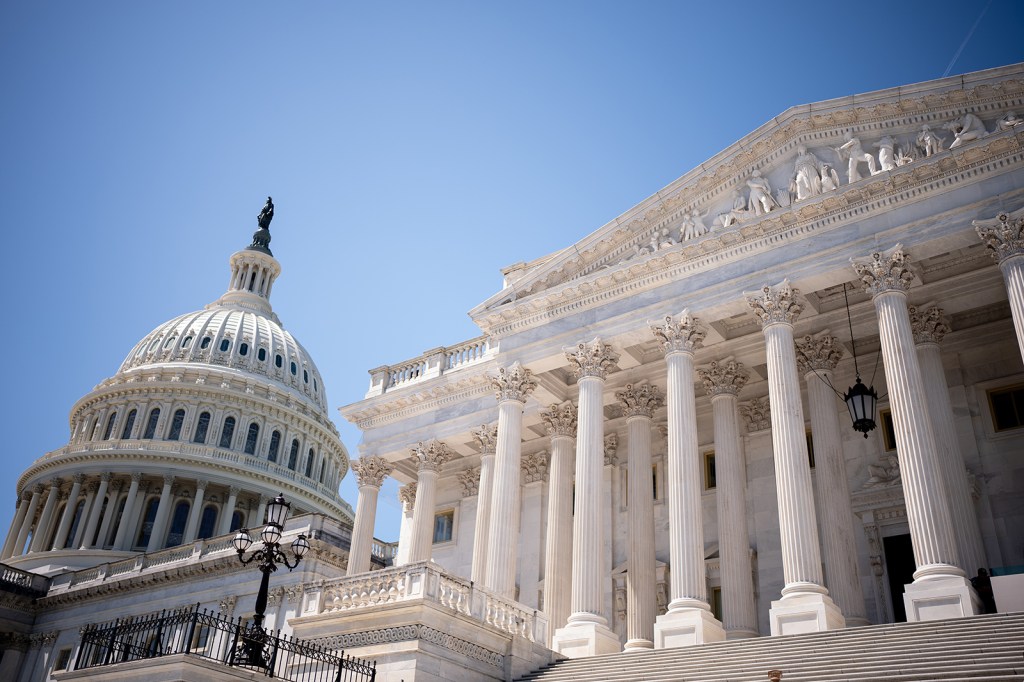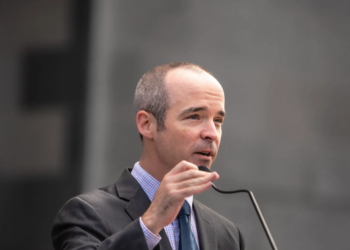By Brendan Rascius, The Charlotte Observer (TNS)
Ahead of his inauguration in January, President-elect Donald Trump has begun assembling his Cabinet and other key members of his administration.
So far, Trump has announced around a half dozen Cabinet picks, including Florida Sen. Marco Rubio for secretary of state, Fox News host Pete Hegseth for secretary of defense and Florida Rep. Matt Gaetz for attorney general.
He’s also tapped South Dakota Gov. Kristi Noem for homeland security secretary, former Texas Rep. John Ratcliffe for CIA director and former Hawaii Rep. Tulsi Gabbard for director of national intelligence, among others.
But, before they can take their posts, many of these individuals must first receive the Senate’s seal of approval.
How Senate confirmation works
The U.S. Constitution stipulates that the Senate must approve of a number of presidential appointments, including ambassadors and Supreme Court justices.
“All of the Cabinet officers — other than the vice president — are considered principal officers under the Constitution, which means that they require the consent of the Senate,” Josh Chafetz, a professor of law and politics at the Georgetown University Law Center, told McClatchy News.
The Senate, according to longstanding practice, begins a nominee’s confirmation process by holding a hearing.
The hearing is held “in the committee that has jurisdiction over the department to which the nominee has been nominated,” Chafetz said.
So, for example, in 2021, the Senate Foreign Relations Committee held a confirmation hearing for Antony Blinken, President Joe Biden’s pick for secretary of state. And, the same year, the Senate Finance Committee held a hearing for Janet Yellen, Biden’s nominee for secretary of the treasury.
In these hearings, which can last for hours, committee members are given the opportunity to question a nominee — often about their background and policy positions.
Blinken, for example, was asked for his opinion…
Read the full article here







